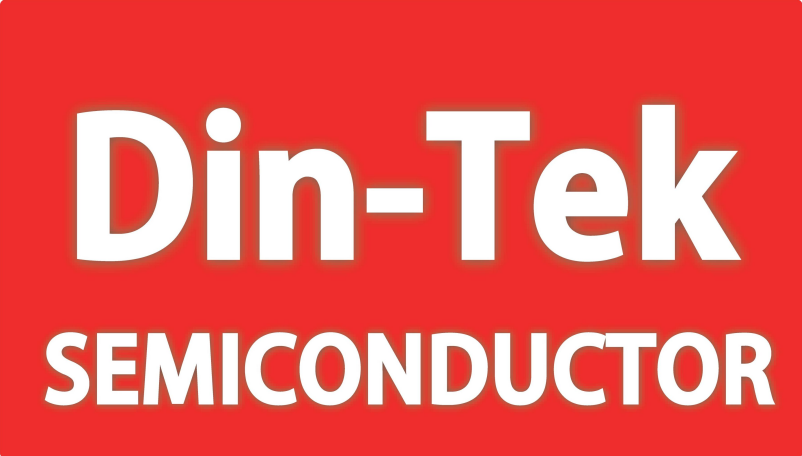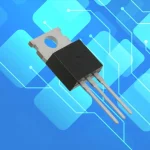Introduction
As people increasingly prioritize indoor air quality and comfort, air humidifiers have become common fixtures in homes and offices. These devices not only add moisture to the air but also enhance respiratory health and skin condition. Among the many components that enable their functionality, MOSFETs (Metal-Oxide-Semiconductor Field-Effect Transistors) play a crucial role. This article will explore the specific applications of MOSFETs in air humidifiers and their importance.

1. Water Pump Control
In many air humidifiers, a water pump is used to draw water from the reservoir and disperse it into the air. MOSFETs act as the driving switches for the water pump, controlling its start, stop, and speed. By precisely regulating the operation of the pump, MOSFETs can achieve the desired humidity output, ensuring optimal performance for the user. This flexibility allows air humidifiers to automatically adjust the pump operation based on environmental changes, maintaining the required humidity levels.
2. Fan Drive
Some air humidifiers are equipped with fans to help distribute the humidified air or enhance evaporation efficiency. MOSFETs control the fan’s on/off state and speed, providing the necessary airflow to boost the humidification effect. By adjusting the fan speed, users can choose the appropriate airflow based on room size and humidity needs, leading to more efficient humidification.
3. Heating Element Control
Certain air humidifiers use heating elements to warm the water and increase evaporation rates. In this case, MOSFETs effectively control the power to the heating element, ensuring precision and efficiency in the heating process. By modulating the heating power, MOSFETs can not only enhance humidification efficiency but also save energy and reduce unnecessary power consumption.
4. Electronic Control Unit
MOSFETs can also be found in the control circuitry of air humidifiers, acting as switching components that regulate the power supply to sensors, displays, and control panels. This flexible switching capability facilitates smart control, allowing users to easily adjust humidity levels and other settings through an intuitive interface, enhancing the overall user experience.
5. LED Indicator Control
For air humidifiers equipped with status indicators (such as operational status and low water warnings), MOSFETs can control the switching and brightness of LED lights. This indication feature provides real-time feedback on the device’s status and offers essential operational information to users, improving convenience and safety.
6. Ultrasonic Generator
In some ultrasonic humidifiers, MOSFETs drive the ultrasonic generator, enabling effective atomization of water for humidification. By regulating the ultrasonic frequency and intensity, MOSFETs ensure the humidifier maintains optimal performance in varying environmental conditions.
Conclusion
MOSFETs play an indispensable role in air humidifiers, with applications spanning water pump control, fan drive, heating elements, electronic control units, LED indicators, and ultrasonic generators. By selecting the appropriate MOSFETs, designers can enhance the efficiency, stability, and user experience of air humidifiers. In the pursuit of comfort and health in modern living, the contributions of MOSFETs are indeed significant.



